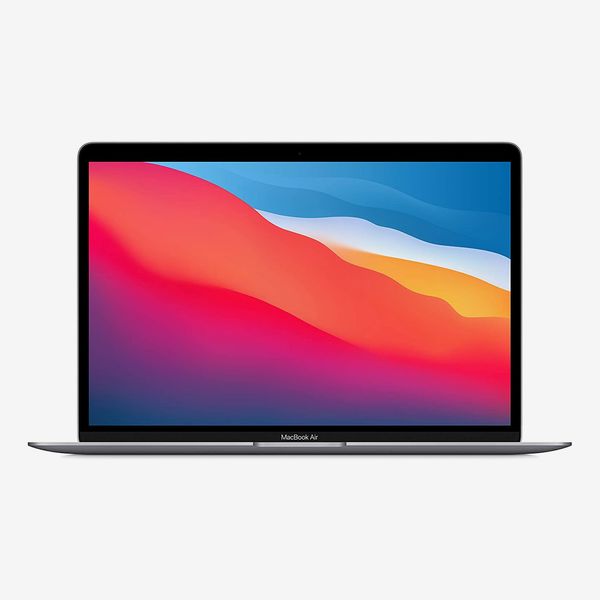

If your laptop is a popular make and model, you might find docks specifically made for them.ĭocks and hubs can range from the simple to the advanced (and expensive), with dozens of ports and connection options added in a single accessory. If your laptop is lacking in this area then hubs and docks are an easy addition that can quickly add all kinds of options, from Ethernet to HDMI out. Buying something that’s adjustable in terms of height and angle will give you the flexibility to adapt your setup if you need to, further down the line, and some stands have room to dock your phone or tablet, too.Īnother advantage that desktop computers usually have over their laptop counterparts is more room for ports and other extras like memory card slots. If you are adding extra wired peripherals like displays and keyboards, think about cable management - some laptop stands will include options for this. Are you going to be adding a keyboard and a mouse, and where do you want them positioned? (Some stands can fit peripherals, too.) Where is your secondary monitor going to go? Do you actually need access to the laptop, or are you just getting it out of the way? The best stand for you is going to depend on how you want your laptop-to-desktop configuration to work. A lot of stands will work with just about every laptop out there, but it’s worth double-checking, especially if you’ve got a laptop that’s bigger (or heavier) than the norm.

From simple pieces of aluminium that raise your laptop up off the desk to more complex, adjustable models, you’re bound to be able to find something that suits your working setup and the laptop you own. If you’re getting a second monitor and an external keyboard, you might not need a stand, but it’s your setup, so do what feels best.Īll sorts of makes, models, and shapes are available when it comes to laptop stands. A stand just lifts the laptop up so the screen is at a better height for your eyes and neck, and the keyboard is at a better height for your arms. Set up a keyboard and mouseĪ laptop stand can be used instead of or as well as a monitor, keyboard, and mouse, depending on the stand and what you prefer. Head to System then Display in Settings on Windows, Displays in System Preferences on a Mac, and Displays in Settings on a Chromebook to configure the secondary screen (and switch to it completely if needed).
#BEST LAPTOP FOR HOME OFFICE USE WINDOWS#
As soon as the external display is connected to your laptop and powered up, Windows or macOS or ChromeOS should recognise it and start outputting to it. For everyday computing, where the top resolutions and refresh rates aren’t so important, you’ll find plenty of quality budget monitors up to the task. There are a huge number of monitors on the market to pick from, and the good news is that unless you need the very best gaming monitor specs, then a second display doesn’t have to cost you too much.

You can use a second monitor instead of your laptop display, or in tandem with it.

HDMI, DisplayPort, Thunderbolt, and USB-C are the standards to look out for, and you can go for whatever size and quality of screen that you prefer (and your budget allows). The video outputs on your laptop will determine what connections you need on any monitor you get (though dongles and adaptors might be an option).


 0 kommentar(er)
0 kommentar(er)
